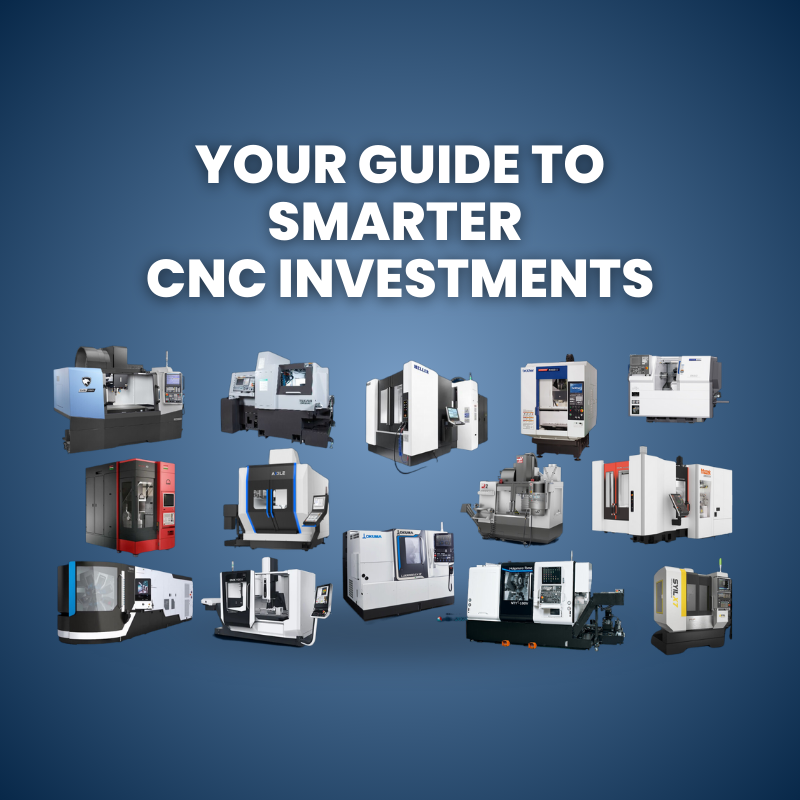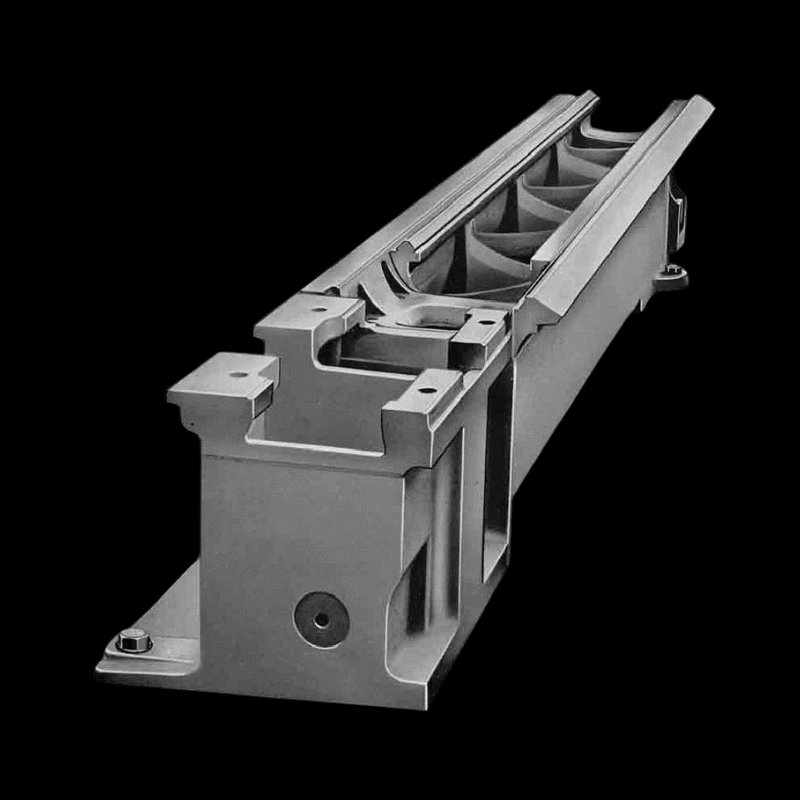Choosing the right CNC lathe can transform your manufacturing process, but it's crucial to understand the key components to make an informed decision. As an expert in CNC machinery, I'll guide you through the vital parts to consider, ensuring you get the best value and performance from your investment.
There are several key components to consider when choosing a CNC lathe, including the control panel, coolant system, conveyor, spindle, chuck, turret, lead and ball screws, tailstock, and bed. Each part plays a significant role in the machine's performance, precision, and efficiency.
Understanding these components in detail will help you make a well-informed purchase, avoiding costly mistakes and ensuring your lathe meets your production needs. Let's dive deeper into what each component offers and why it matters.
Control Panel
The control panel is the heart of a CNC lathe, acting as the primary interface between the operator and the machine. A sophisticated control panel can drastically improve productivity. Look for panels that offer intuitive navigation, customizable settings, and advanced programming capabilities. Modern control panels often feature touch screens, user-friendly interfaces, and compatibility with CAD/CAM software, enabling seamless transitions from design to production. Investing in a high-quality control panel reduces setup times and minimizes operational errors, allowing operators to focus on optimizing production efficiency.
Tips:
- Ensure the control panel is easy to use and learn.
- Check for compatibility with existing software and tools.
- Opt for panels with customizable settings for flexibility.
Coolant System
A reliable coolant system is essential for maintaining optimal temperatures and prolonging tool life. Coolant systems play a critical role in dissipating heat generated during machining, which protects both the workpiece and the cutting tools. Efficient coolant delivery directly to the cutting zone enhances surface finish and dimensional accuracy. When choosing a coolant system, consider ease of maintenance, coolant type compatibility, and delivery efficiency. Advanced systems offer features like mist collection and temperature control, further boosting machining performance.
Tips:
- Look for systems with easy access for maintenance.
- Evaluate the types of coolants compatible with the system.
- Consider advanced features like mist collection and temperature control.
Conveyor
A conveyor system ensures the automatic removal of chips and waste material. An effective conveyor system keeps the workspace clean and minimizes machine downtime. It automatically removes chips and debris generated during the machining process, preventing blockages and ensuring smooth operation. Robust construction and compatibility with different materials are key factors. Some conveyors also feature adjustable speed settings and directional control, allowing for tailored waste management.
Tips:
- Ensure the conveyor is sturdy and suitable for your materials.
- Check for adjustable speed and direction settings.
- Opt for easy-to-clean designs to maintain hygiene and efficiency.
Spindle
The spindle is crucial for the rotation and precision of the workpiece. A high-quality spindle ensures accurate rotation, which is vital for precision machining. Look for spindles with high speed, good torque, and minimal runout. Spindles with built-in cooling systems and vibration dampening features enhance performance and longevity. Precision bearings and robust construction contribute to better stability and accuracy, essential for producing high-quality parts.
Tips:
- Prioritize high-speed, high-torque spindles.
- Look for spindles with cooling systems and vibration dampening.
- Ensure minimal runout for precision machining.
Chuck
The chuck holds the workpiece securely, affecting machining accuracy. A versatile chuck can handle various shapes and sizes of workpieces, making it a critical component. Look for chucks that offer quick-change capabilities, high clamping force, and precision alignment. Advanced chucks feature automated adjustment and safety mechanisms to ensure consistent performance. The right chuck can significantly improve setup times and machining accuracy.
Tips:
- Opt for chucks with quick-change capabilities.
- Ensure high clamping force and precision alignment.
- Consider chucks with automated adjustment features.
Turret
The turret holds multiple tools and facilitates quick tool changes. A high-quality turret enhances machining efficiency by enabling rapid tool changes. Look for turrets with high repeatability and quick indexing times. Multi-station turrets can hold various tools, reducing the need for frequent tool changes and setups. Robust construction and precise alignment are essential for maintaining accuracy and reducing downtime.
Tips:
- Choose turrets with high repeatability and quick indexing.
- Ensure the turret can hold multiple tools for versatility.
- Check for robust construction and precise alignment.
Lead and Ball Screw
These components ensure precise movement and positioning of the tools. Lead and ball screws are critical for accurate tool movement and positioning. High-quality screws reduce backlash and improve machining accuracy. Look for screws with tight tolerances, durable materials, and smooth operation. Regular maintenance and proper lubrication are essential for extending the lifespan of these components and maintaining precision.
Tips:
- Opt for screws with tight tolerances and durable materials.
- Ensure smooth operation to reduce backlash.
- Regularly maintain and lubricate screws to extend their lifespan.
Tailstock
The tailstock supports long workpieces, ensuring stability and accuracy. A well-designed tailstock prevents deflection and ensures consistent results when machining long workpieces. Adjustable and easy-to-align tailstocks offer flexibility and ease of use. Features like quick-lock mechanisms and precision adjustment scales enhance functionality. A stable tailstock contributes to better surface finishes and dimensional accuracy.
Tips:
- Look for adjustable and easy-to-align tailstocks.
- Ensure quick-lock mechanisms for stability.
- Consider precision adjustment scales for accurate positioning.
Bed
The bed provides the structural foundation of the lathe. A rigid and well-damped bed minimizes vibrations, leading to better surface finishes and longer tool life. Look for beds made from robust materials like cast iron, which offer excellent stability and dampening properties. The design and construction quality of the bed significantly impact the overall performance and precision of the CNC lathe.
Tips:
- Prioritize beds made from robust materials like cast iron.
- Ensure the bed design minimizes vibrations.
- Consider the overall construction quality for stability and precision.
By understanding these components, you'll be well-equipped to choose a CNC lathe that meets your specific needs and enhances your manufacturing capabilities.




